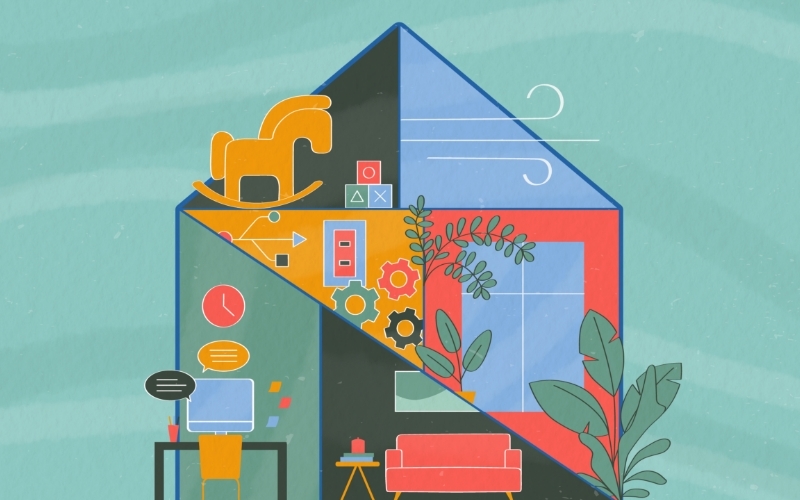Industry Trends
The beginning of the COVID-19 pandemic forced the United States economy into an artificial recession, causing trillions in damage. Now, following two consecutive quarters of slowed spending and high inflation rates, many experts predict a mild recession may be just around the corner. But how will homebuilding and remodeling fare? Could the country’s economic woes actually create opportunities in this space for savvy builders, remodelers, and home and building product manufacturers?
I talked with Robert Dietz, chief economist for the National Association of Home Builders, about how industry professionals can use housing market data to alter their business strategy and make the best of a challenging landscape over the next few years.
Q: What is your general impression of the current state of the market?
At the NAHB, we are looking at measures such as core personal consumption expenditures, which consider commodities and building materials. And the numbers indicate that the economy is slowing — in fact, we argue a recession began at the start of 2022. Single-family home construction will post a calendar year decline for the first time in 11 years. Lumber prices are continuing to drop. Unless the Federal Reserve slows the pace of its interest rate hikes, the hikes are going to cause pain.
The challenge right now is that the Fed is looking at a variety of different measures to fight inflation, yet some of these are not directly correlated with economic variables connected to interest rates. NAHB’s concern, from a housing perspective, is that when mortgage interest rates climb well above 7%, something will break. Additionally, thanks to a lack of housing stock, the cost of rent will continue to rise regardless of what the Fed does.
Q: Home sales and housing starts have declined in 2022. What are the primary drivers, and when might the market correct?
We expected the market to cool off some. While 2021 was a strong year, 2022 has been driven by a sharp increase in mortgage interest rates. This increase is negatively impacting the resale market, new construction and price growth.
Builders, realtors, existing homeowners and investors need to be prepared for market prices to fall from recent peaks. In some markets — including really hot markets in the mountain states — the decline could be double the national average.
Previously, construction costs grew 20% to 24% year over year, resulting in increased home prices and a lack of inventory. These factors have driven housing affordability to its lowest point in over a decade, pricing out millions of buyers — particularly first-time and first-generation buyers.
It’s a strange market right now, and the availability of affordable housing is shrinking. Inventories may rise, but in the long run, we’ll still see a mismatch between population and available housing stock. Housing activity is going to be weak until at least 2024. After that, we’ve got a pretty good runway for growth, because the remaining structural deficit will require new building activity to meet the pent-up demand.
Q: How should home and building product manufacturers adjust their outlook over the next year?
Downstream industries can expect the building market to slow. Single-family construction has already declined in 2022, and this trend should continue in 2023. We are betting on a rebound in 2024, when the Federal Reserve will begin to ease off a little.
Multifamily building has been strong but has many units in the construction pipeline — the most since 1974. Thus, we think multifamily construction will slow in 2023, so be cognizant if you’re a pro or manufacturer providing materials or goods to the multifamily sector.
Remodeling should remain strong, and this market will be a positive place for manufacturers to play in over the next year. The single-family, built-to-rent market is another bright spot.
For the building industry, it’s important to consider the medium-term effects of labor shortage, which will last for years. Without question, the labor shortage will remain an issue in the homebuilding space. What does that mean for material providers?
Builders are looking for anything they can do to save construction labor time at the work site. If your product saves a quantifiable amount of labor time at the work site, you can charge a premium even in a weakening market. Builders are looking to protect margins and deal with the labor shortage. There are only two solutions to labor shortage: recruit more workers or make the workers you have more productive.


